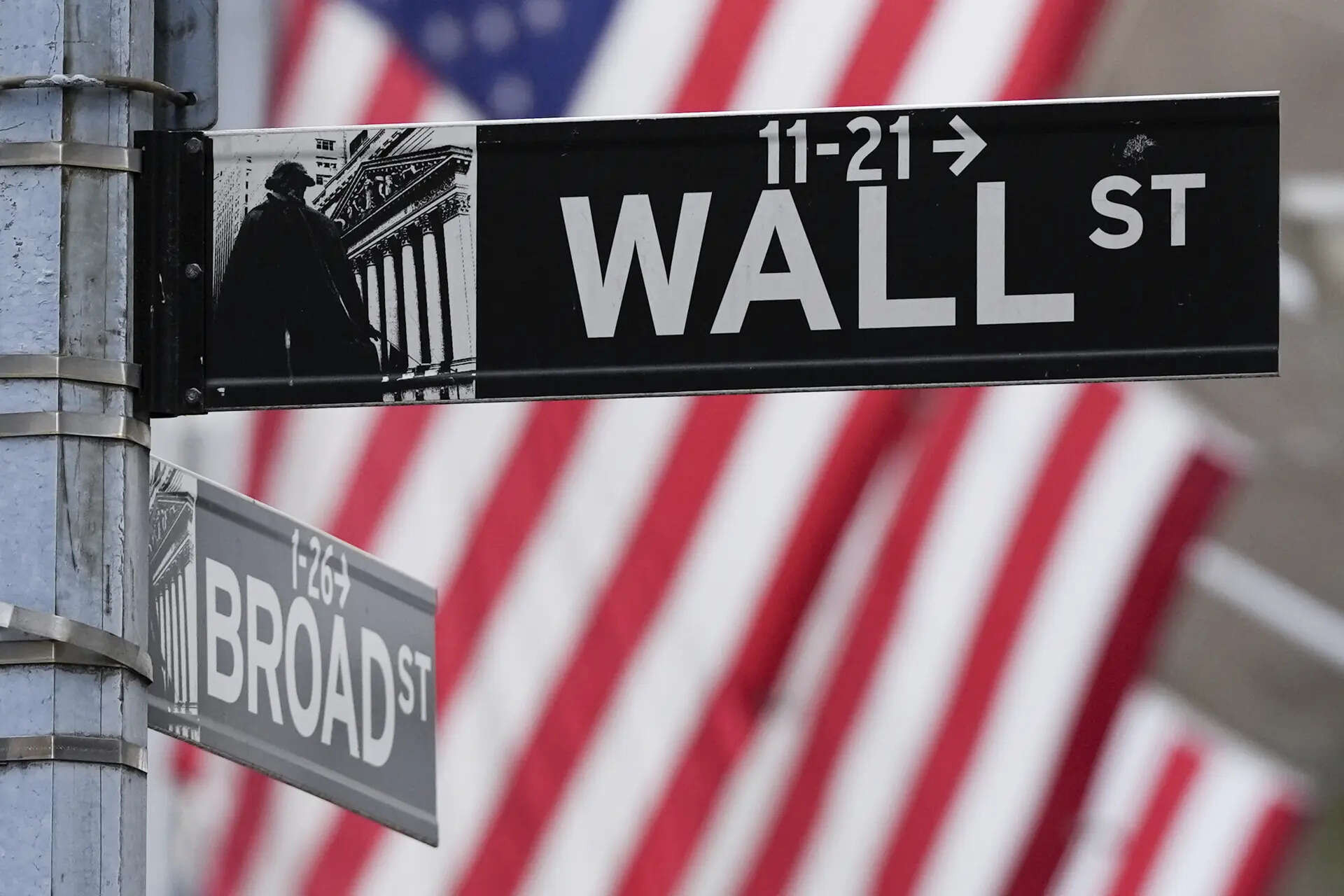Wall Street experienced mixed trading as investors awaited crucial US inflation data and Apple’s product launch, where a new iPhone model was anticipated. The Dow Jones Industrial Average rose, while Nasdaq saw a slight decline. Markets are closely watching producer and consumer price data ahead of the Federal Reserve’s policy decision, with expectations of an interest rate cut next week.
Navigating the Economic Tightrope: A Glimpse into Wall Street’s Balancing Act
Wall Street is rarely a place of stillness. It’s a churning sea of opinions, data points, and gut feelings, all vying for dominance in the grand quest for profit. And today felt particularly…poised. The major indices painted a mixed picture, a canvas of subtle shifts as investors held their collective breath, bracing for the latest inflation numbers.
The Dow Jones Industrial Average, that venerable barometer of blue-chip stocks, showed surprising resilience, nudging upwards over 70 points. This suggests that investors are finding pockets of stability, perhaps even opportunity, within established, reliable companies. Was this a signal of underlying strength, or just a temporary reprieve? The S&P 500, a broader gauge of the market’s health, remained largely flat, hinting at a market holding its ground, but lacking a clear direction. The tech-heavy Nasdaq Composite also mirrored this hesitant mood.
The elephant in the room, of course, is inflation. These numbers wield immense power, dictating Federal Reserve policy and ultimately shaping the economic landscape. Everyone is waiting to see if inflation is finally cooling down, justifying the Fed’s cautious approach to interest rate hikes. Or, if stubbornly high, will it force the Fed to tighten monetary policy even further, potentially triggering a recession?
The air crackled with anticipation as traders dissected every whisper from the economic front. Consider the situation with Treasury yields, for instance. They dipped slightly, reflecting some investor hope that the Fed might be nearing the end of its rate-hiking cycle. But the slightest tremor in the inflation data could send those yields soaring once again, reversing any gains made on Wall Street. This highlights the delicate balance being maintained.

Adding another layer of complexity is the ongoing earnings season. Companies are releasing their financial results, providing crucial insights into their performance amidst the current economic headwinds. Strong earnings reports could boost investor confidence, while disappointing figures could send stocks tumbling. It’s a company-by-company, sector-by-sector evaluation, with the broader market sentiment hanging in the balance. The anticipation for the reports is fueling much of the current quiet on the trading floor.
But what about the average investor, the individual trying to navigate this complex environment? What are the potential Wall Street investment strategies to consider? Diversification remains key. Spreading investments across different asset classes – stocks, bonds, real estate – can help mitigate risk. Focusing on long-term goals rather than short-term market fluctuations is also crucial. It’s easy to get caught up in the daily noise, but a long-term perspective can help investors stay grounded. Think carefully before making any big decisions, and consider consulting with a financial advisor.
Moreover, looking beyond the headline indices can reveal hidden opportunities. Certain sectors may be poised for growth, even in a challenging economic climate. Renewable energy, healthcare, and technology are just a few examples. Identifying these pockets of opportunity requires careful research and a willingness to look beyond the obvious.
Looking ahead, the market’s direction will likely depend on the confluence of several factors: the trajectory of inflation, the Fed’s policy decisions, and the resilience of corporate earnings. Navigating this uncertainty requires a combination of vigilance, patience, and a well-thought-out investment strategy. This period requires carefully considered Wall Street investment strategies.
The market’s muted response to recent news suggests that investors are adopting a wait-and-see approach. They are wary of making bold moves until the economic picture becomes clearer. This caution may persist in the near term, leading to continued volatility and potentially limited upside.
Ultimately, understanding the undercurrents influencing Wall Street’s performance requires more than just glancing at the daily headlines. It requires a deeper dive into the economic data, a keen understanding of market psychology, and a willingness to embrace uncertainty. As we await the next wave of information, one thing is clear: navigating the economic tightrope demands careful balance and a steady hand. For related insights, check out our analysis of recent tech sector performance [Internal link to a related article].







